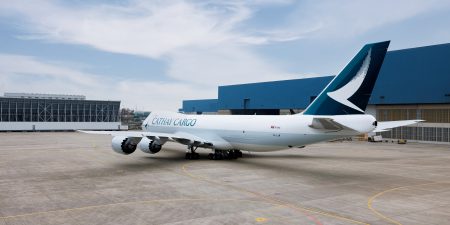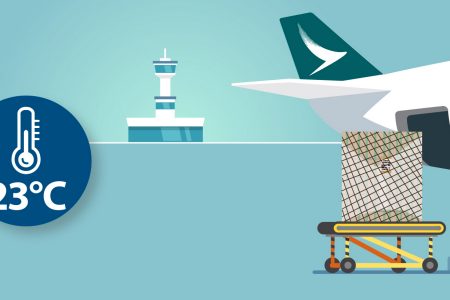Stepper machines are used by ‘foundries’ to manufacture integrated circuits – the tiny chips at the heart of our hi-tech equipment.
It’s the lynchpin of photolithography, a process that literally prints with light the pattern of the nano-scale circuits on groups of ‘silicon chips’ on a wafer. This is exacting work carried out in dust-free lab conditions.
Similar to a powerful photographic enlarger, it uses sensitive lenses to focus a pattern onto a silicon wafer. How much the surface is exposed to light determines how much of it remains, as it is developed in solvents in a process that is similar to developing a photographic film, but in three dimensions.
The wafer is then cleaned, recoated with the photo-resistant coating and passed through the stepper again to create the microscopic integrated circuits, layer by layer, step by step.
Unlike consumer electrical devices, stepper machines are made to order. These are extremely expensive pieces of equipment, so manufacturers, such as Nikon, only manufacture the machines when they get requests from the integrated circuit foundry customer.
The manufacturing process can take years from order to fulfilment. We illustrate the process step by step, below.








